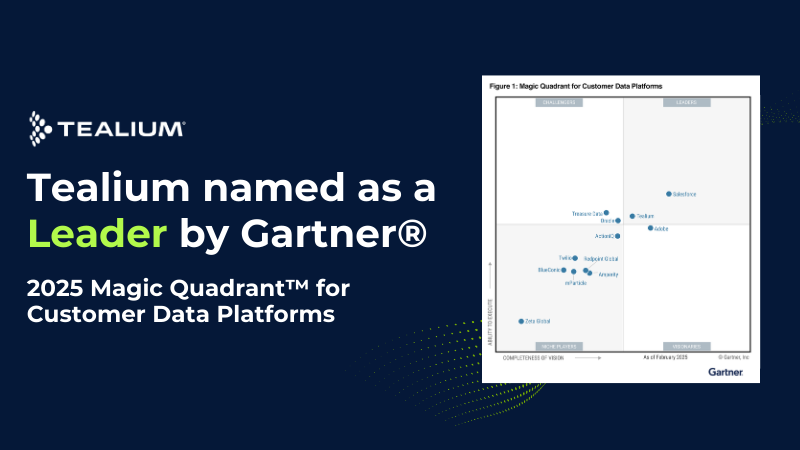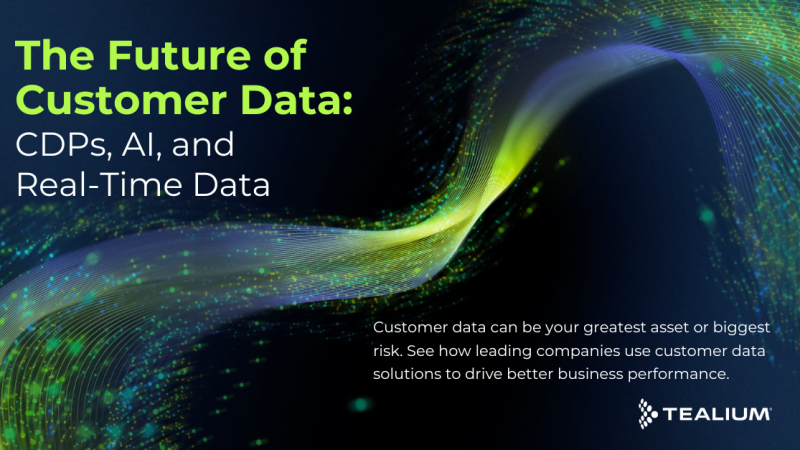Data-First CDP Checklist
5 Critical Capabilities To Ensure Data-First Functionality
There are many CDP choices, and finding the right one can be confusing when it’s not always clear what CDPs are supposed to do. In our view, CDPs should be data-first. That means they help organizations rebuild trust in their data, ensure data quality, and help to enable strong data governance by tearing down departmental and technological silos. A data-first CDP also creates a strong foundation for personalization and privacy initiatives.
However, not all CDPs have the same capabilities — and by reinforcing silos, some might even make the problem worse. As more companies look for a holistic solution to their customer data challenges, they’re looking for data-first CDPs to prioritize the quality of the data being collected and transformed.
Brands can use the quick checklist below to help determine whether the CDP solution they’re vetting offers the full, data-first functionality they need to meet the unique challenges of managing customer data.
*Data provided in this checklist comes from our 2020 State of the CDP report.
Capability 1:
Ability To Ingest Data from Any Channel
50% of organizations say their CDP lacks this capability
Why it matters: Bridging the physical and the digital world in one system makes for a better customer experience. If you can’t control all of your customer data from a single source, then all you’ve achieved is a slightly bigger silo. With new consumer privacy rights like the CCPA’s “right to deletion,” companies will need to be able to respond quickly, without hours of IT labor for each customer.
Capability 2:
Visitor Stitching
50% of organizations say their CDP lacks this capability
Why it matters: Visitor stitching brings together all of the customer identifiers from different sessions, devices, channels, and touchpoints into a single, unified view. This reduces the burden on IT and data scientists by automating the creation of a true single view of the customer, which is critical for personalization and privacy initiatives.
Capability 3:
Real-time Functionality
59% of organizations say their CDP lacks this capability
Why it matters: Many companies claim to have “just-in-time,” “near real-time,” or “in minutes” functionality, but true real-time functionality is the key to unlocking customers from rigid journeys. When triggering campaign modifications or other events based on current customer state, seconds can make the difference between a successful customer experience and a missed opportunity for your brand.
Capability 4:
Privacy and Consent Management
74% of organizations say their CDP lacks this capability
Why it matters: Make being a trusted steward of customer data a pillar of your brand ethos. Controlling your customer data with privacy and consent management tools is critical to your regulatory compliance efforts. Not only can you quickly and accurately respond to requests for information and deletions, but you also set the stage for personalization efforts and machine learning.
Capability 5:
Unified Audience Management
73% of organizations say their CDP lacks this capability
Why it matters: Audiences should be segmented, not fragmented. With unified audience management, you can segment audiences once and create a strategy for your entire MarTech stack. No need to define a separate strategy for every solution.
Download Your Copy Today
Learn what real CDP users think about the technology, including the challenges they face, the value they derive, and the future of the technology.







